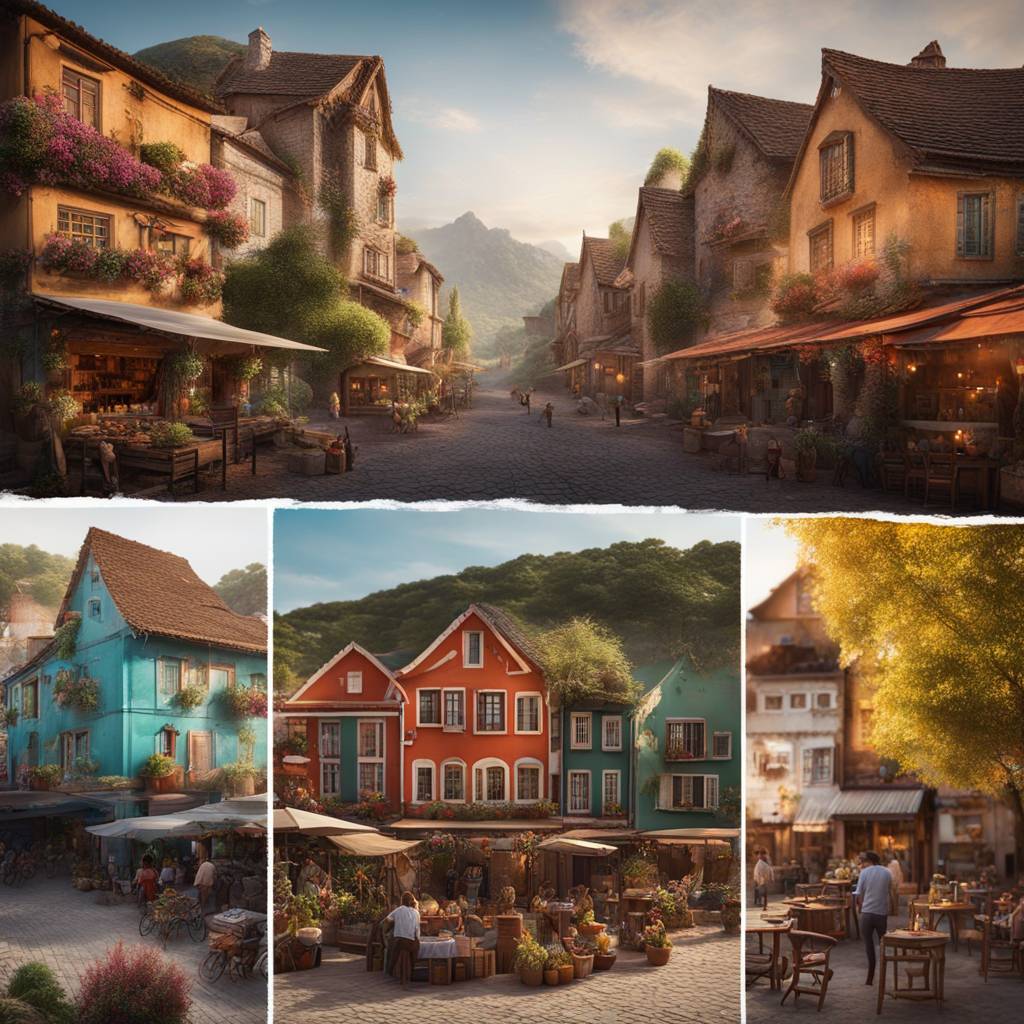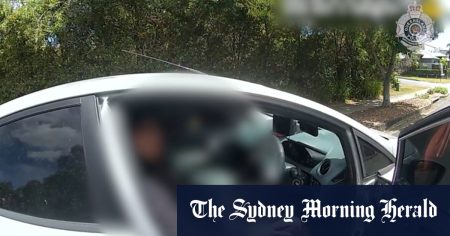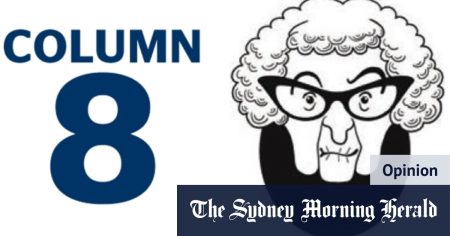Agathe Kerr first visited South Melbourne Market in 2001 with her Australian boyfriend while on a weekend trip to Melbourne from Sydney. At that time, the market was just a regular market with fruits, vegetables, and nicknacks. However, when Kerr returned in 2013 after changing careers to become a fine patisserie baker, she noticed the market had transformed into a vibrant hub with a wide variety of offerings. This transformation symbolizes the evolution of the once-working-class suburb into a Melbourne-wide destination.
The queues at Kerr’s croissant stall, Agathé Pâtisserie, are a testament to the market’s popularity, attracting a diverse crowd including Gen Z tourists. Despite the area’s status upgrade, South Melbourne maintains its eclectic residential mix, preserving its down-home charm. The suburb’s main commercial artery, Clarendon Street, reflects a mix of upscale boutiques, cafes, and restaurants along with some longstanding establishments. Steven Ewenson’s shop, Gray’s Affordable Quality Objects, is a local favorite known for its second-hand furniture and bric-a-brac, offering a glimpse into South Melbourne’s history.
The suburb’s property prices have soared, making it unaffordable for many but attracting those with serious incomes. The mix of demographics in South Melbourne, ranging from state-subsidized housing to high-end residences, contributes to its appeal. The prevalence of tree-lined streets, Victorian heritage, and vibrant market add to the suburb’s allure. Local real estate agent Warwick Gardiner notes the popularity of South Melbourne among young people seeking a vibrant cultural scene, contributing to stable property prices despite economic downturns.
South Melbourne’s history as a separate borough from Melbourne dates back to the gold rush era, with residents feeling disconnected from city services and forming their own municipality. The suburb’s industrial past is evident in its numerous historic pubs still in operation, such as The Railway Hotel. Despite gentrification, South Melbourne has retained its character and diversity, appealing to residents like ceramicist Mark Young. The sense of community at South Melbourne Market, as noted by stallholder Georgie Dragwidge, exemplifies the strong bonds that have developed over the years.
The presence of creative industries in South Melbourne adds richness to the suburb, with strict heritage controls helping to preserve its low-rise, bustling streets. The evolving landscape of South Melbourne, from its working-class roots to its current status as a cultural hotspot, reflects the city’s growth and changes over time. The suburb’s diverse demographic, historic landmarks, and vibrant market continue to attract residents and visitors alike, fostering a sense of community and connection among those who call it home.













